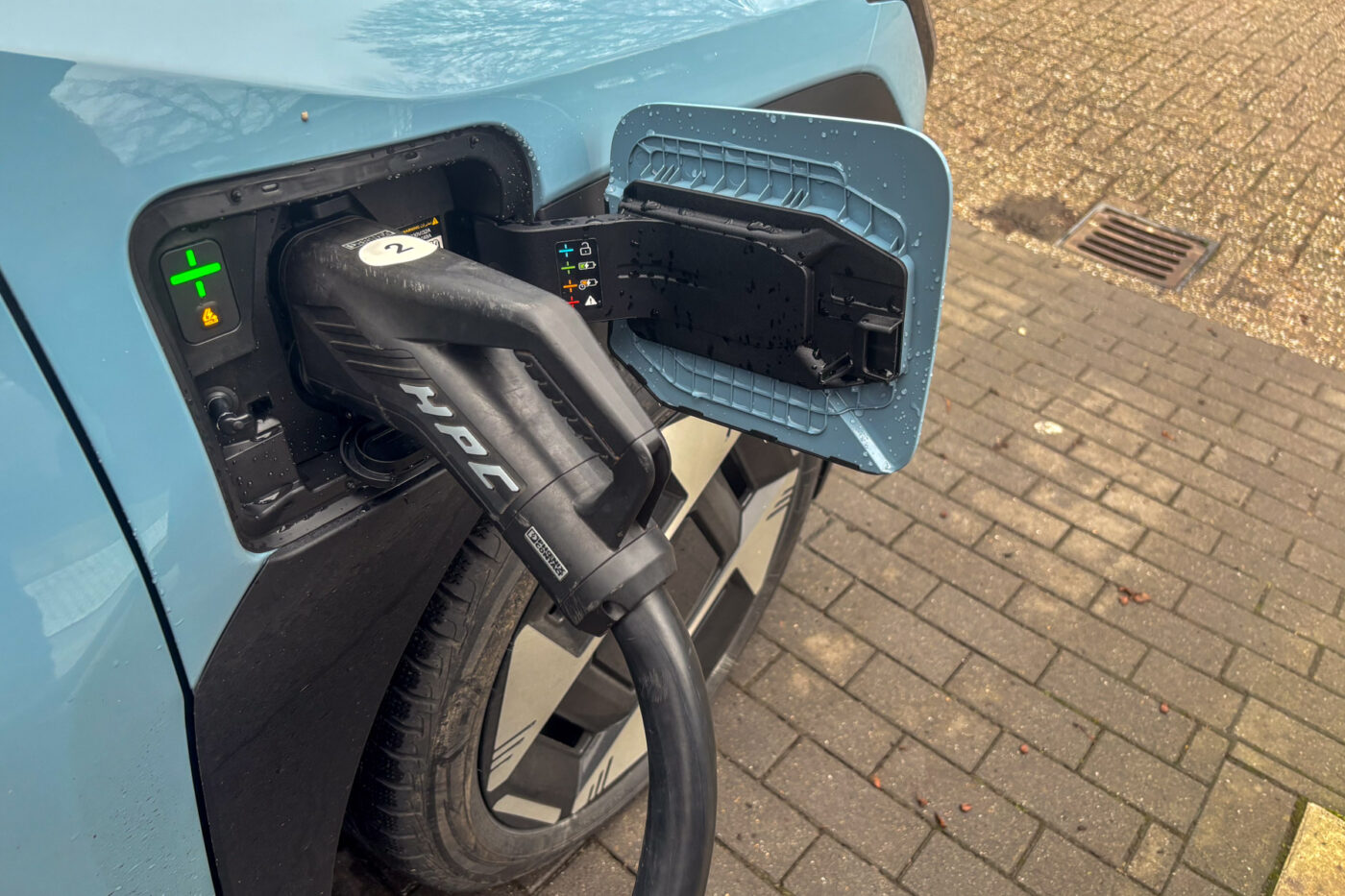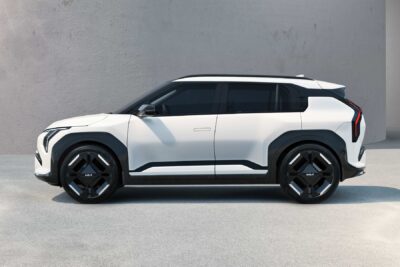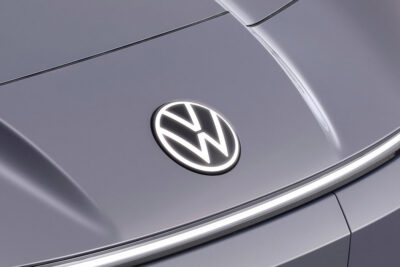EU Automotive Action Plan: weaker CO2 targets; more EV uptake
+++ This article has been updated +++
On Wednesday, EU Commission President Ursula von der Leyen presented how the Commission intends to support the ailing European automotive industry. The paper presented promises a number of important impulses for the industry in the coming months and years. The plan was drawn up in the so-called strategic dialogue together with representatives of the automotive industry. It is important to note that these are still only proposals from the Commission, as the measures in the action plan still have to go through the regular legislative process.
As von der Leyen already announced at the beginning of the week, Brussels is looking to loosen the rules on CO2 fleet limits. The CO2 target itself would remain in place. However, manufacturers not able to meet them in one year could offset their shortcomings by overperformance in another year. Specifically, the Commission states: “The Commission will therefore swiftly present additional flexibilities, through a targeted amendment of the CO2 emission performance standards for cars and vans. The amendment, if adopted, would allow car manufacturers to compensate an exceedance of the target in one or two years by overachievements in the other year(s).”
The proposal still has to be approved by the European Parliament and the Council. As early as last year, some had called for the CO2 fleet limits to be weakened to spare car manufacturers, who are under economic pressure, from potentially billions in fines if they fail to meet the targets. One possibility that came into play early on was that the CO2 target itself would remain in place, but manufacturers would be able to offset any overruns in 2025 against future underruns.
For the time being, the goal to de facto phase out cars with combustion engines in the EU by 2035 remains untouched. The official review of this law is scheduled for 2026. However, the Commission is promising to “accelerate” a revision of this regulation. “The 2035 climate neutrality target for cars creates predictability for investors and manufacturers,” the draft paper emphasises. “The European Commission will accelerate work on the preparation of the foreseen review of the regulation.”
Later that day, EU Transport Commissioner Apostolos Tzitzikostas did indeed announce that he wanted to review the law on phasing out combustion engines earlier than originally planned, according to Handelsblatt. As early as this autumn.
Increasing the number of EVs in member states
Lawmakers in Brussels are also looking to support EV uptake in member states, proposing they adopt a so-called “Social Leasing” scheme for new and second-hand zero-emission vehicles. However, the Commission does not outline any guidelines for the scheme at this point. France previously introduced similar measures, for example. So there is at least some idea about how it could be implememted.
It does say, on the subject of subsidies in general, that it wants to work n a more unified approach across member states. It says that wants to bring the latter together “to exchange best practices and lessons learnt on incentives schemes for consumers.” The goal is to “identify a toolbox with options for incentive schemes that are designed to be economically efficient and fiscally sustainable and tailored to the maturity of the markets in question.” There is even the possibility of introducing EU-level incentive schemes.
Another way to increase the number of electric vehicles on European roads is by focusing on corporate fleets. According to a draft paper by the Commission, which electrive has seen, these account for around 60 per cent of new car registrations in the EU, which is why it is working on “a legislative proposal to decarbonise corporate fleets, with the aim of setting out measures to support the uptake of zero-emission vehicles by corporate buyers.” According to a draft paper that will include ending tax breaks for petrol or diesel-powered company cars.
Getting rid of bottlenecks
The EU Commission wants to continue to support the installation of charging infrastructure along major highways in the EU. It says that it has earmarked 570 million euros under the Alternative Fuels Infrastructure Facility (AFIF) for new “alternative fuels infrastructure in 2025 and 2026 with a particular focus on heavy-duty vehicles.”
However, the draft paper also states that “delays in grid connections are often a major bottleneck.” That is why Brussels says it will “shortly issue Guidance and Recommendations to the Member States on shortening the waiting time for recharging points’ connections to grids and their priority treatment, drawing on best practices from Member States.” But that is not all. The Commission says it will examine whether it could become mandatory for member states to “favour prioritisation of projects beneficial for the clean energy transition and efficiency of the power system, including charging points.”
A special focus is on commercial vehicles. The Commission wants to set up a European Clean Transport Corridor initiative to “fast-track the deployment of heavy-duty vehicle charging hubs along key logistics corridors in the TEN-T as critical infrastructure.” It also calls on member states to put in place the necessary framework for smart and bi-directional charging.
Supporting battery production in the EU
With its action plan, the EU Commission has announced a ‘Battery Booster’ package. The goal is to support battery manufacturing in the EU, for instance by possibly subsidising EU battery production – provided the producing company is European or an oversees company has entered into a partnership with the latter. It will also set up “European content requirements on battery cells and components in EVs sold in the EU.” At first glance, these could be similar to the requirements of the Inflation Reduction Act in the US. It will gradually introduce European content requirements for battery cells and components.
Another focus is on recycling. The Commission states that it will look into dedicated financing support for end-of-life vehicles and battery recycling facilities. The long-term goal is boosting the circular economy of the automotive supply chain and to become less dependent on other nations in terms of the supply chain. “The transition to circular economy is key to decrease raw-material dependency and increase strategic autonomy and resilience of the automotive supply chain, including the European battery ecosystem,” the draft communication states.
Autonomous Driving technology
In its draft paper, the Commission not only focused on alternative fuels, but also on other new technologies, such as autonomous driving. It states that the US and China are well ahead in terms of regulation to test these technologies that it aims to change that.
In concrete terms that means the EU Commission wants to set up “at least large-scale cross-border testbeds, related regulatory sandboxes and European Automated Driving Corridors.” It adds that “Medium-sized cities willing to play a pioneering role could be included.” The tests will be for autonomous passenger and goods transport.
Moreover, the Commission wants to focus more on the EU as “a single-market,” and will develop an EU-wide regulatory framework for autonomous vehicles. It will also “draw up refined rules to better
support pre-deployment of ADS (automated driving systems) and ADAS (advanced driver assistance systems) testing on public roads.” Long-term, the goal is to “propose harmonised admission approval procedures in early 2026 to facilitate all ADAS and ADS testing on open roads across the EU.”
To shape the development of the next generation of vehicles, the Commission will launch the ‘European Connected and Autonomous Vehicle Alliance.’ Its goal is to develop an EU-wide, open platform on Software-Defined Vehicles, as well as an in-vehicle computing architecture for the latter and “innövative IA solutions for the automotive industry.” To test the new technologies, the new alliance will also set up a pilot facility in 2026/2027 that “will serve as a collaborative environment for industry for Software-Defined Vehicles and AI engineering and as a testbed for innovation in application layers.”
The money for these projects will come from “joint public and private investment under relevant partnerships of Horizon Europe.” The Commission points out that it has earmarked 1 billion euros in funding for the alliance’s planned activities for 2025 to 2027. However, these funds also cover the development of next-generation battery technology, as is the case with the Horizon Europe partnership BATT4EU.
Source: Information per e-mail; ec.europa.eu





1 Comment